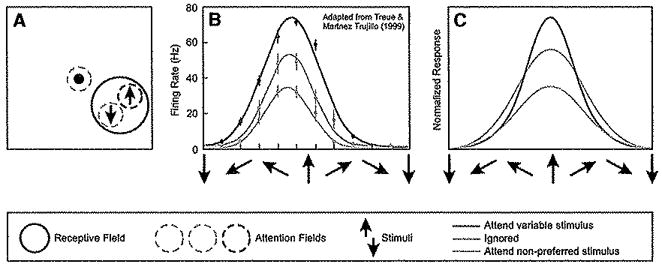Figure 7. Attentional Modulation of Tuning when Two Stimuli Are Present within the Receptive Field.

(A) Stimulus and task. A pair of stimuli was presented simultaneously while recording responses of a neuron in visual cortical area MT. Both stimuli were presented within the recorded neuron’s receptive field. One stimulus moved in the nonpreferred direction (indicated as downward), and the other varied in motion direction. Attention was directed either to the fixation point (dashed yellow circle) or to one of the two stimuli in the receptive field (dashed red and blue circles) to detect a change in speed or direction.
(B) Responses were larger when attending the variable direction stimulus (particularly when it moved in the preferred direction) and smaller when attending the nonpreferred stimulus (adapted from Treue and Martinez-Trujillo, 1999). Yellow, tuning (response as a function of the motion direction of the variable stimulus) when attention was directed to fixation. Blue, tuning when attention was directed to the nonpreferred stimulus. Red, tuning when attention was directed to the stimulus with variable motion direction.
(C) Responses of a model neuron. Yellow, simulated responses when the attention field was flat (equal) for all motion directions, and spatial attention was directed to the fixation point (i.e., away from the model neuron’s receptive field). Blue, simulated responses when the attention field was selective for the spatial location corresponding to the receptive field of the model neuron, and selective for the direction of motion opposite to that preferred by the model neuron. Feature-based attention was thus restricted to a nonpreferred direction of motion. Red, simulated responses when the attention field matched that of the variable stimulus, i.e., with a spatial selectivity corresponding to the receptive field and with a direction selectivity that varied with the stimulus motion direction. See Table 1 for simulation parameters.
